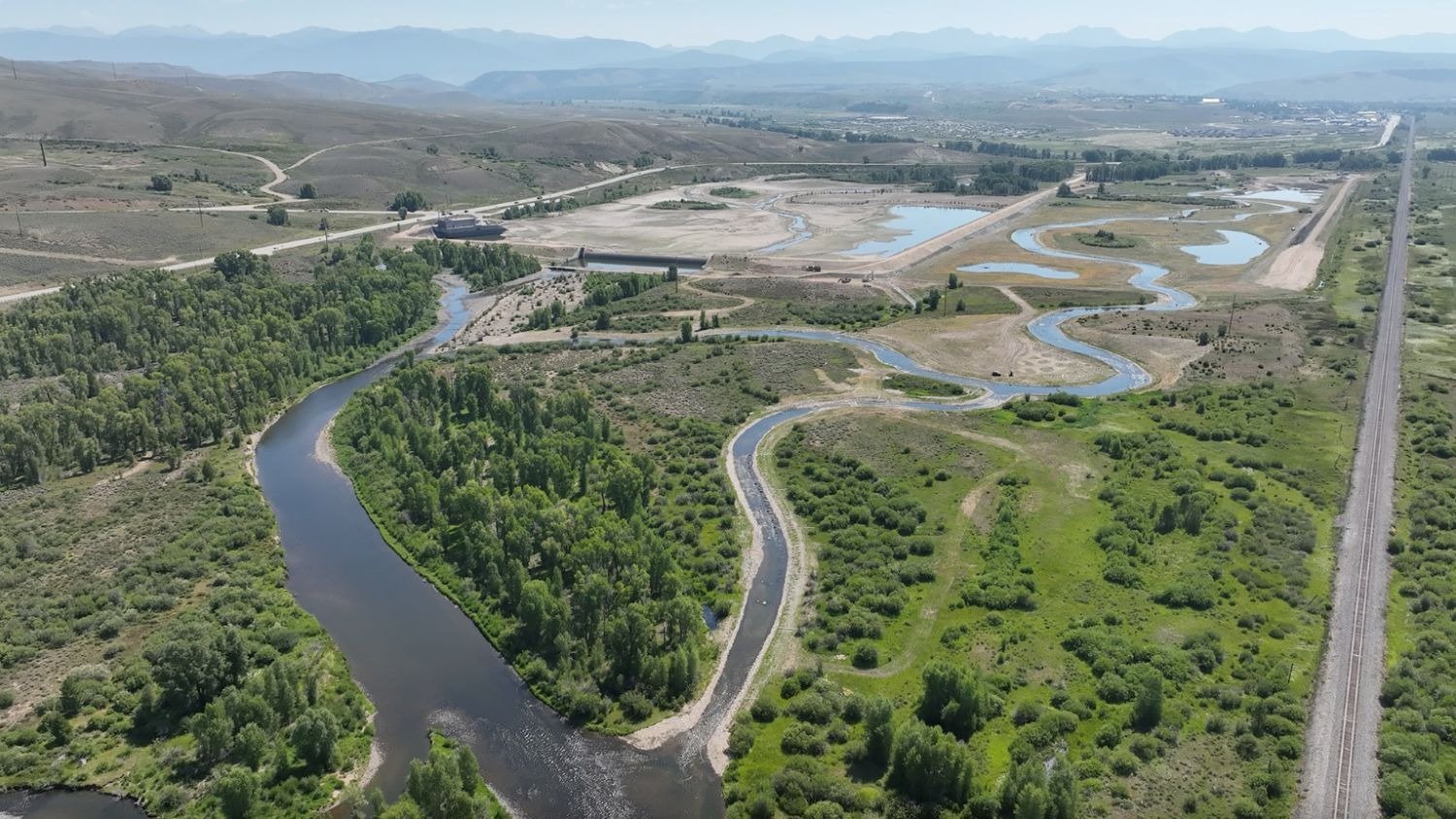A water solution that bridges Divide
Denver Post Guest Commentary - by Drew Peternell - director of Trout Unlimited's Colorado Water Project in Boulder. 12/20/2009 Re: "Dividing line over diverting water," Dec. 9 news story.
The Denver Post story casts Denver Water's proposed Moffat Tunnel project as yet another divisive standoff between conservation interests and water developers.
It's true that many conservation groups oppose Denver's Moffat project as it is currently envisioned — and for good reason. Denver already takes 65 percent of the natural flow of the Fraser River. Under the Moffat proposal, Denver would take another 20 percent of the Fraser's water, and several tributaries would be sucked dry. The Moffat project could, in short, drive the Fraser to the brink of collapse.
It's also true, however, that the Moffat project offers an opportunity for Denver to embrace a balanced water solution, one that meets the needs of Denver's citizens while preserving rivers and communities on Colorado's Western Slope.
Trout Unlimited, a sportsmen's group committed to preserving Colorado's rivers and fisheries, can accept a Moffat project if Denver agrees to responsible measures to protect western Colorado. That means, at a minimum, guaranteeing healthy year-round stream flows in the Fraser, Williams Fork and upper Colorado Rivers.
That also means improving Denver's track record on water conservation. Denver has implemented some meaningful conservation measures, but there is much more it can do — such as offering incentives for households to replace water-thirsty turf with drought-tolerant landscaping.
The projections Denver uses to justify Moffat are based on unconstrained use — that is, no watering restrictions even during severe drought. Denver residents clearly are prepared to do more. In a 2005 survey, 73 percent of Denver's citizens agreed they should conserve water to reduce impacts on mountain regions of the state.
What's at issue in the Moffat plan is our willingness on the Front Range to accept a modest tradeoff to preserve Colorado's magnificent outdoor resources. With smart resource management, we have enough water to sustain both our home places and our wild places — we don't need to choose between the two. If it respects diverse needs, Denver Water can find pragmatic water supply solutions that work for everyone, on both sides of the Divide.







